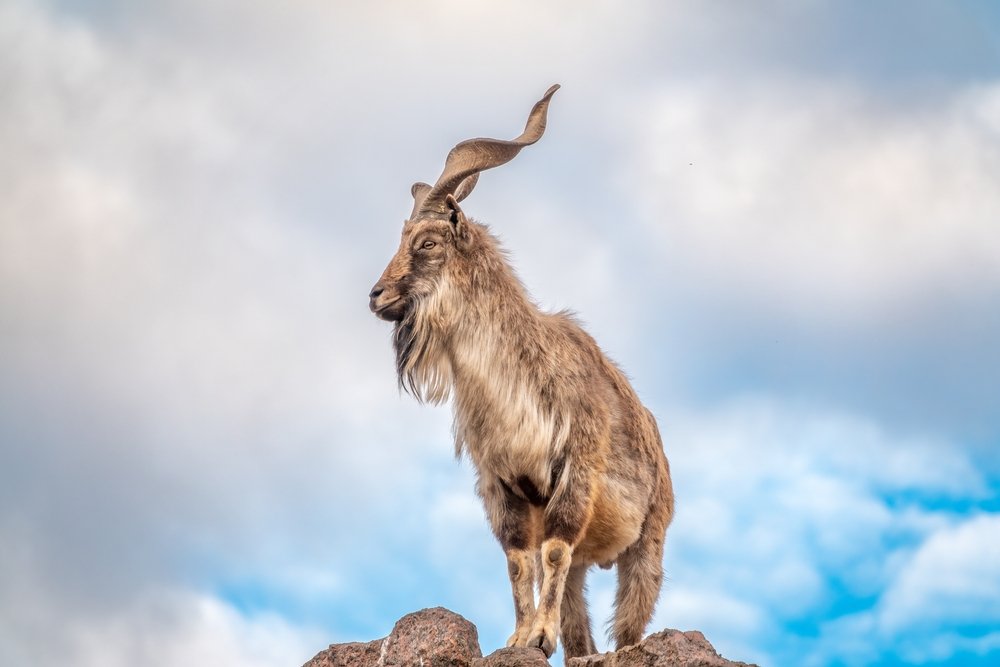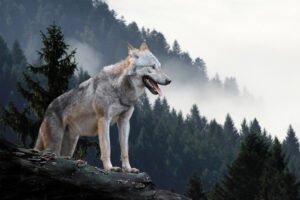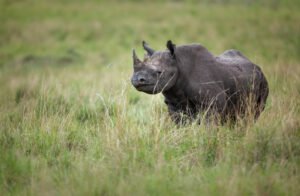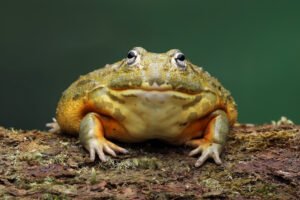Have you ever wondered how many Markhor are left in the world? The markhor is thought to have between 3,500 and 5,000 individuals living right now.
The majestic Markhor, with its spiraled horns and regal presence, is not only a symbol of beauty but also an important part of our natural heritage. However, the population of these magnificent creatures is in peril.
Table of Contents
Physical appearance
The markhor is a type of big wild goat that lives in the mountains and highland rain forests of western and central Asia. It is also known as the Shakhawat or the screw-horned goat.
A markhorse has long, grizzled hair that can be brown, gray-black, white, tan, or any colour mix of those. In the summer it’s short and smooth, but in the winter it’s longer and stiffer. Its horns, which can grow up to 5 feet long in adult males, are what make it stand out. Most of the time, their lower legs are black and white.
At the shoulder, they are 65–115 cm (26–45 in) tall, 132-186 cm (52–73 in) long, and 32–110 kg (71-243 lbs) heavy. The only animal that is longer and heavier than it is the Siberian ibex. In the Capra group, they also have the longest shoulders.

Behaviour
The males stay alone, while the females form groups of nine. They are busy during the day, mostly in the early morning and late afternoon, because they are crepuscular diurnal. They are very good at jumping and climbing on steep hills.
They have a warning call that sounds like a domestic goat bleating when they feel threatened. During the summer, the men stay in the woods, while the females climb to the highest points. In the winter, they go down to lower elevations to stay warm. Eight to twelve hours a day, they eat, but in the middle of the day, they rest and chew their cud.
Habitat
The Markhor lives in different places based on its subspecies, but most of the time it lives in the mountains, open forests, and scrublands of central Asia, the Karakoram, and the Himalayas.
Turkmenistan, Uzbekistan, Tajikistan, Afghanistan, Pakistan, and northern India are all places where their herds are spread out.
What do they eat?
Grass, leaves, and shoots are what they usually eat. They feed in the spring and summer and browse trees in the winter.
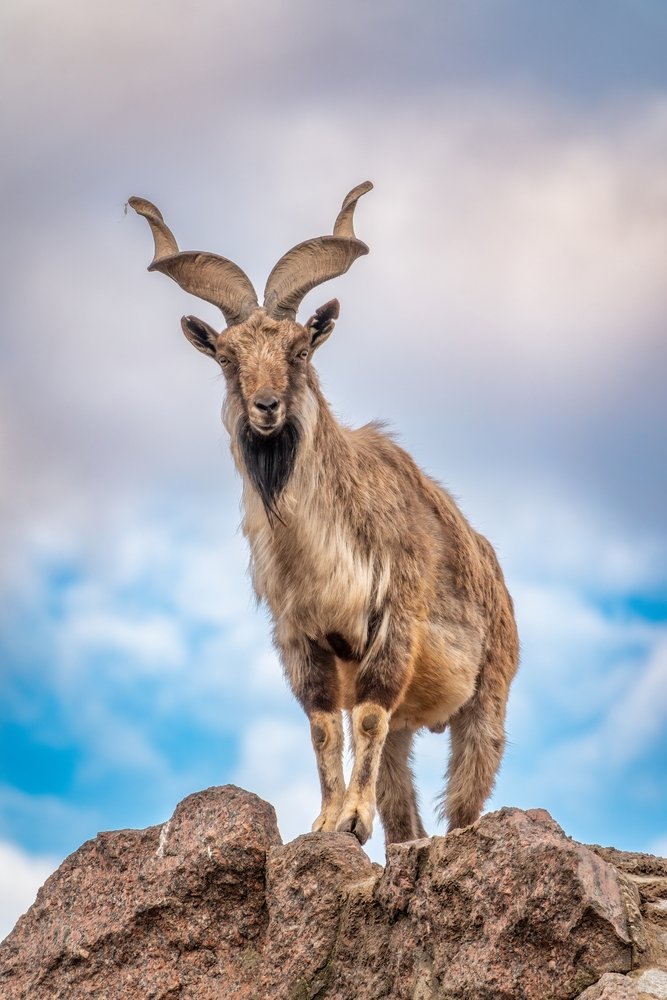
Threats
Sadly, the numbers of Markhor have been dwindling over the years, pushing them closer to the brink of extinction. Factors such as habitat loss, illegal hunting, and climate change have contributed to their decline.
How Many Markhor Are Left In The World? Role of Wildlife Organizations
Thankfully, wildlife organizations have been working tirelessly to safeguard the Markhor population. Through their dedicated efforts, there have been success stories of Markhor populations stabilizing and even growing in certain regions.
These organizations work closely with local communities, governments, and conservationists to implement effective conservation measures, including habitat restoration, anti-poaching initiatives, and community education programs.
The Importance of Conservation Efforts
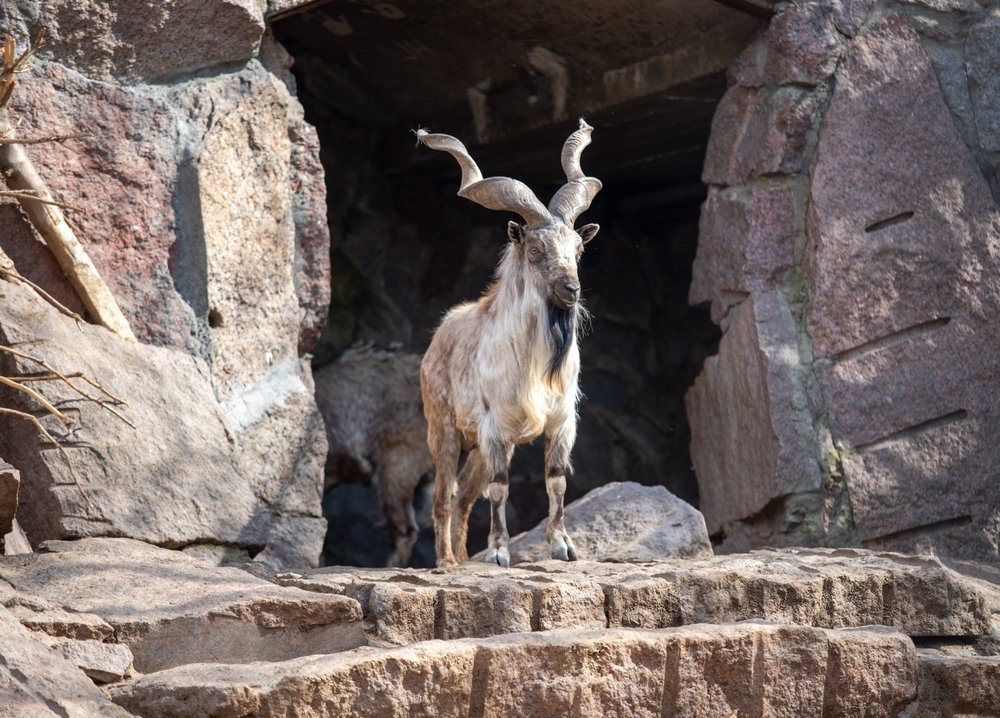
Conserving the Markhor population is not just essential for their survival; it also has far-reaching impacts on ecosystems and biodiversity. Markhor play a crucial role in maintaining ecological balance, as their grazing habits help shape the landscape and support the diversity of plant and animal species in their habitat. Losing the Markhor would disrupt these delicate ecosystems and have cascading effects on the entire ecosystem.
How Individuals Can Contribute
As individuals, we can make a meaningful impact in preserving the Markhor population and their habitats. Here are a few ways you can contribute:
- Support Wildlife Organizations: Donate to reputable wildlife organizations that focus on Markhor conservation. Your contribution will directly fund conservation initiatives, research, and community engagement projects.
- Spread Awareness: Use your voice and platforms to raise awareness about the plight of the Markhor. Share information about their conservation status, the importance of their preservation, and the efforts being made to protect them.
- Responsible Tourism and Sustainable Practices: If you’re planning a trip to areas where Markhor reside, ensure that your visit is responsible and sustainable. Respect their habitats, follow local guidelines, and support eco-friendly tourism initiatives that prioritize conservation.
Conclusion
The Markhor population is at a critical juncture, and urgent action is necessary to prevent their further decline. By understanding the importance of their conservation, supporting wildlife organizations, and spreading awareness, we can collectively make a difference.
Also Read: Which animals live in the mountains?

